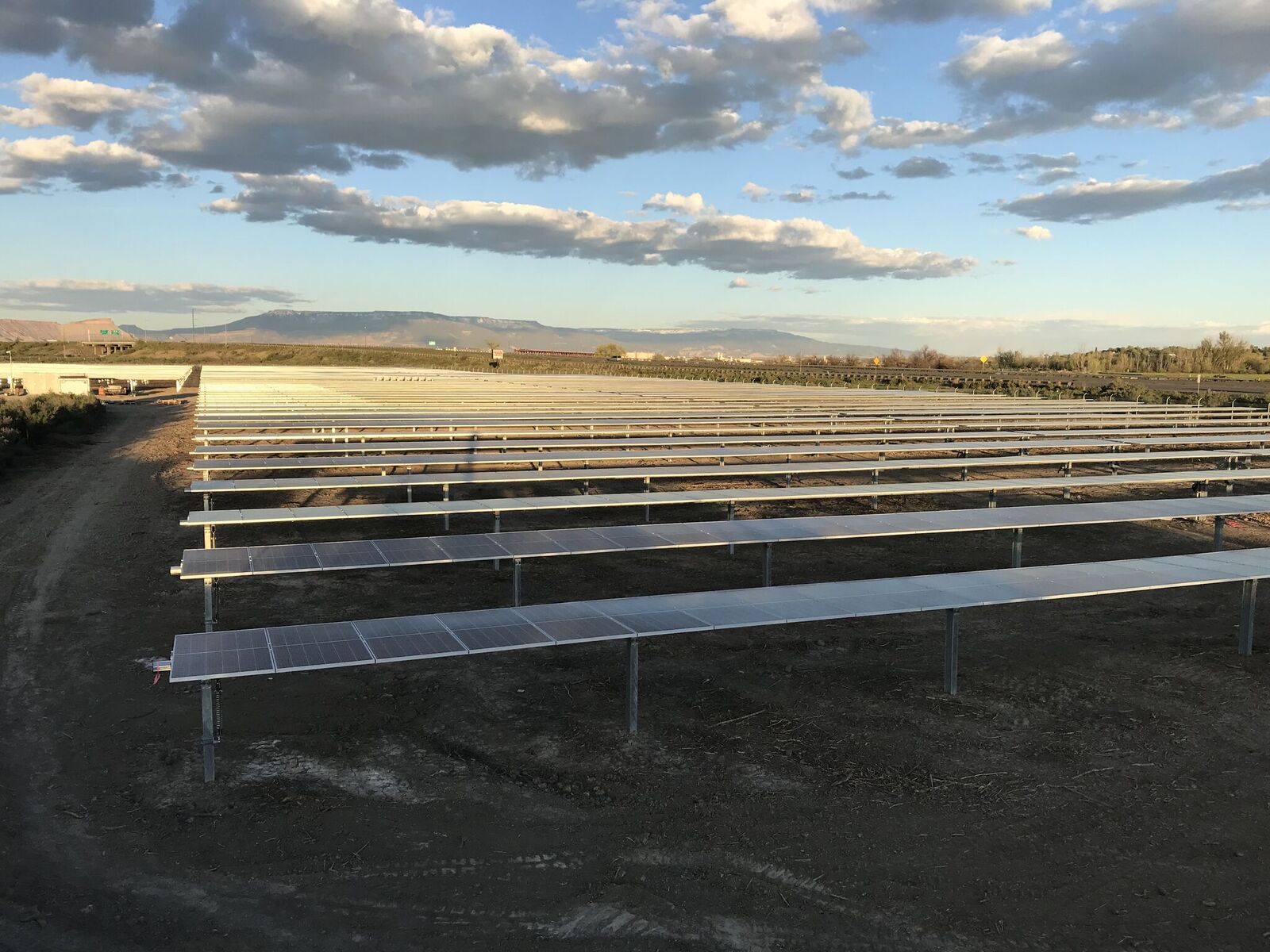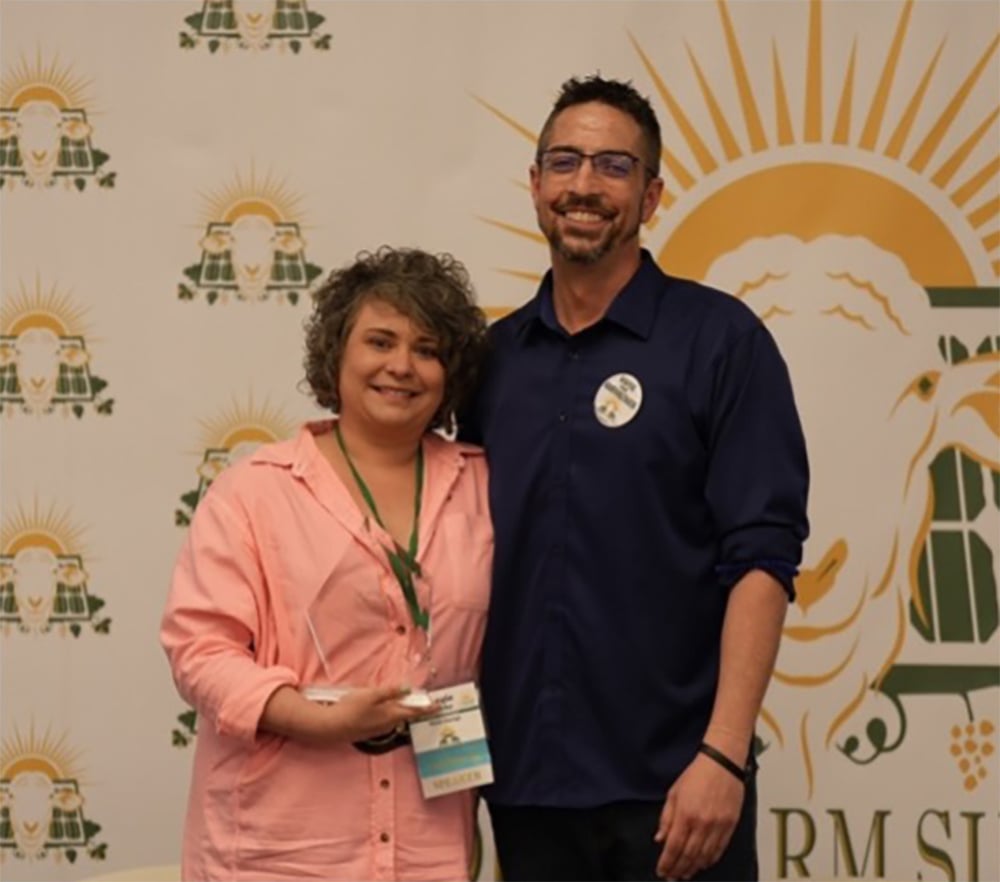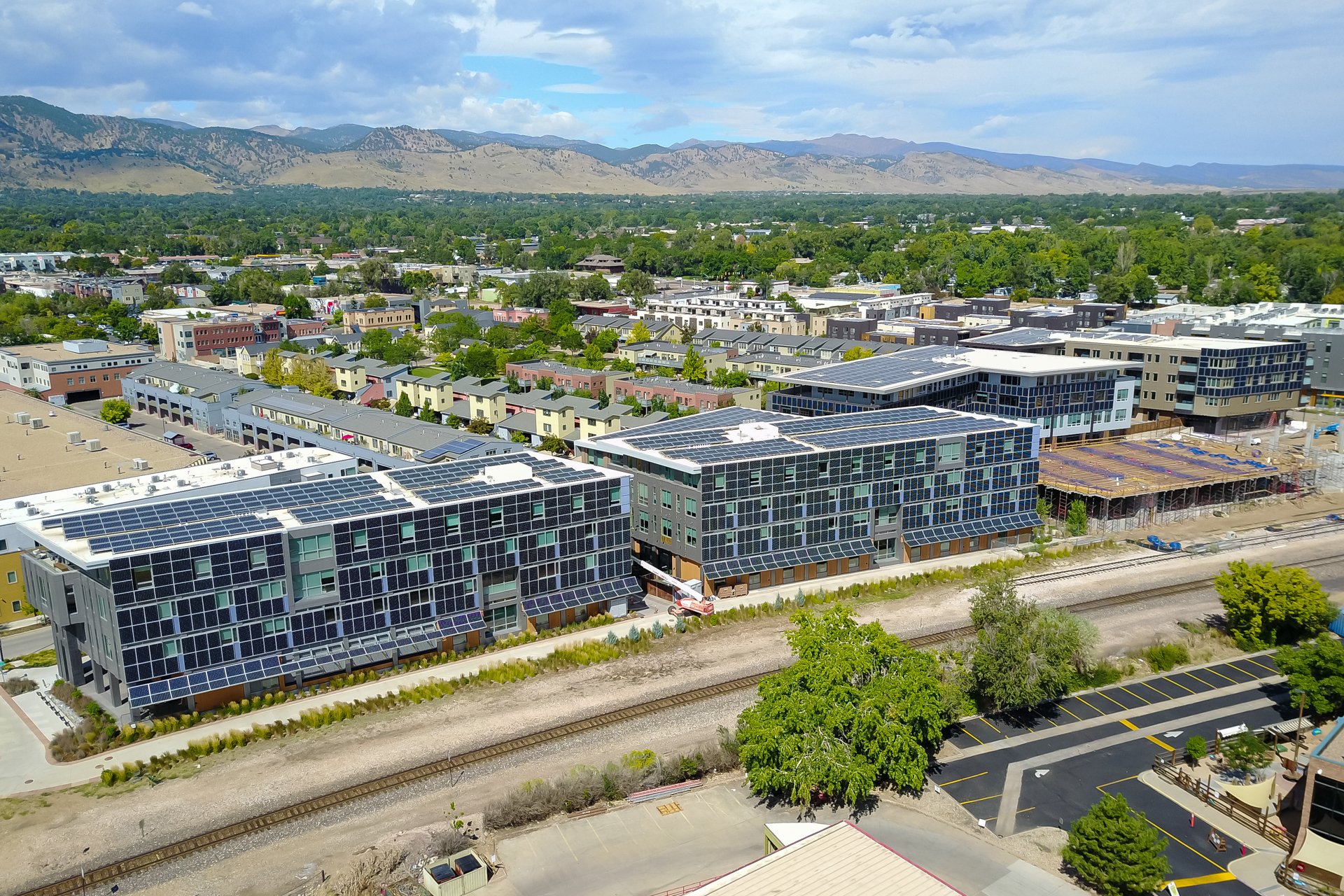Community Solar Team Grows Stronger with Recent Hires
August 29, 2017
In late 2016 Microgrid Energy decided to apply its extensive engineering, construction, and development experience to the exciting community solar sector. Community solar, which allows businesses and consumers to purchase renewable energy from local solar farms (also known as solar gardens), is growing in popularity as more states pass legislation to make it a reality. Community solar has seen success in states such as Colorado, Minnesota, New York, and Massachusetts, and a number of other states will be implementing programs in the coming year. These programs provide an attractive option for those who might not otherwise be able to install solar on their own roof or property, such as renters or people with a lot of shade on their property.
Microgrid Energy hired some of the community solar industry’s best talent to ensure the successful development of their first portfolio. Prior to working at Microgrid, these individuals helped pioneer the community solar business model, working with utilities and policy makers to shape legislation and rulemaking and successfully finance portfolios of projects.
Jon Sullivan, Director of Project Development, is an 11-year industry veteran with experience spanning construction, sales, education, and project development. Sullivan has developed several portfolios of community solar gardens on a variety of land sites. He holds a master’s degree in energy management, and became NABCEP certified in 2009. At Microgrid Energy, Sullivan now leads a team working on community solar projects in Colorado and several other states.
Jon Fitzpatrick, Project Development Manager, has been in the solar industry for nine years, and joined Microgrid Energy to spearhead land development activities. Fitzpatrick has years of experience finding and developing land sites in both rural and urban areas, an essential part of community solar development.
As the Business Intelligence Manager for Microgrid Energy, Dan Merkle serves multiple segments of the company. Merkle has created an industry leading finance modeling tool, meter analysis tool, and a range of other tools that enable the team to succeed. Merkle works on asset management, subscriber management, and technology integration to ensure these complex projects are made simple.
David Wiley, who joined Microgrid Energy’s team of engineers earlier this year, brings specific community solar and greenfield design experience to complement the existing team. Wiley has designed thousands of systems over his 11-year career in the solar industry. He is constantly analyzing ways to make site designs more efficient for construction, long term operation, and overall energy harvest.
To round out the community solar team, Mat Elmore leads the business development and community partnerships initiative. Mat has been with Microgrid for two years and loves that the company has a variety of financing and design solutions for all customer types. He was thrilled to be able to offer community solar into the product mix. From energy efficiency, PACE financing, solar PPAs, and now community solar subscriptions, Mat can find the perfect mix to help government and corporate clients save money.
As Sullivan sees it, “This will create a win-win where customers can save money by going solar, without the need to install and maintain their own equipment, plus leverage the economies of scale of a larger project.”
Microgrid Energy is excited about the opportunities that exist in community solar and plans to lead the industry in simplifying the community solar business model by implementing successful projects. The company has nearly 9 MW of projects in Colorado, and sees Illinois as another strong market, where community solar is expected to see significant growth given recent policy changes. As these projects deliver on their promises, other states are likely to follow. “We are certainly poised for growth,” said Sullivan. “We are eager to demonstrate how this model can help almost anybody go solar!”


